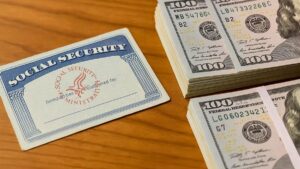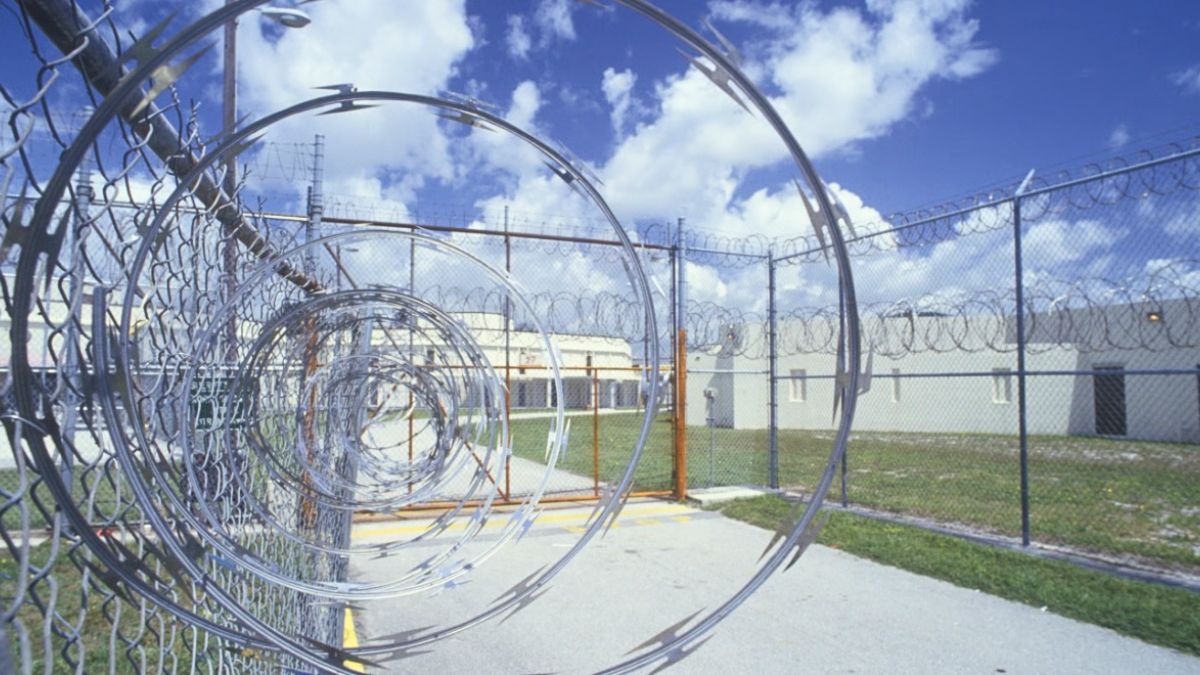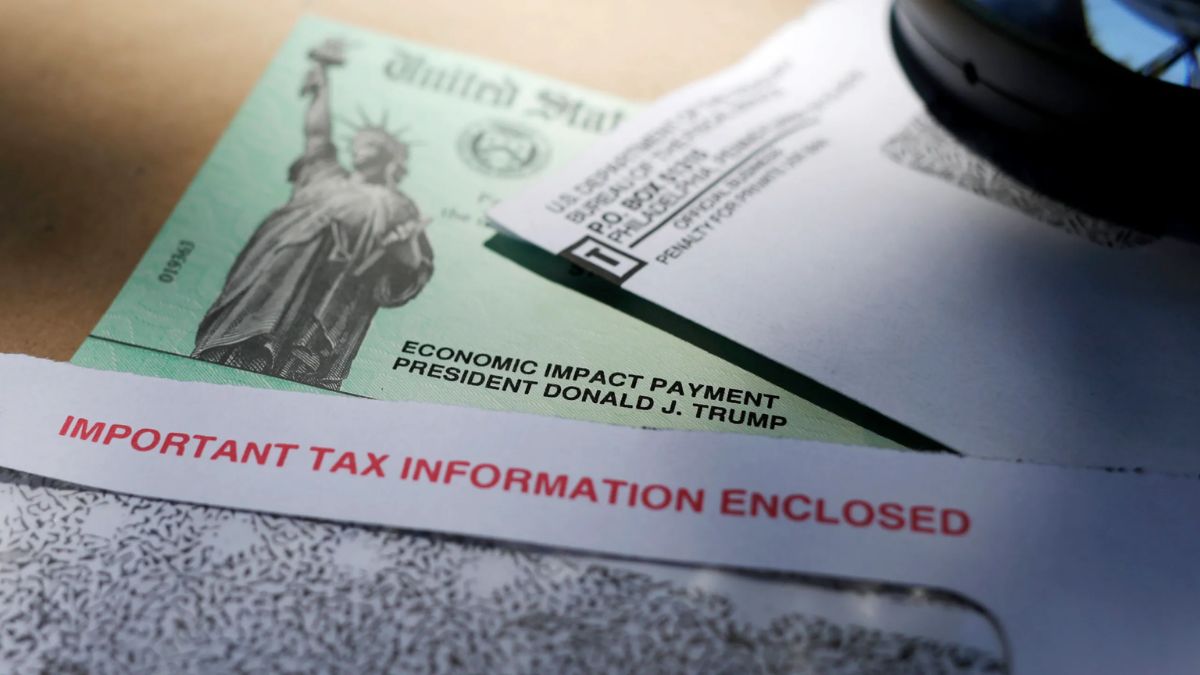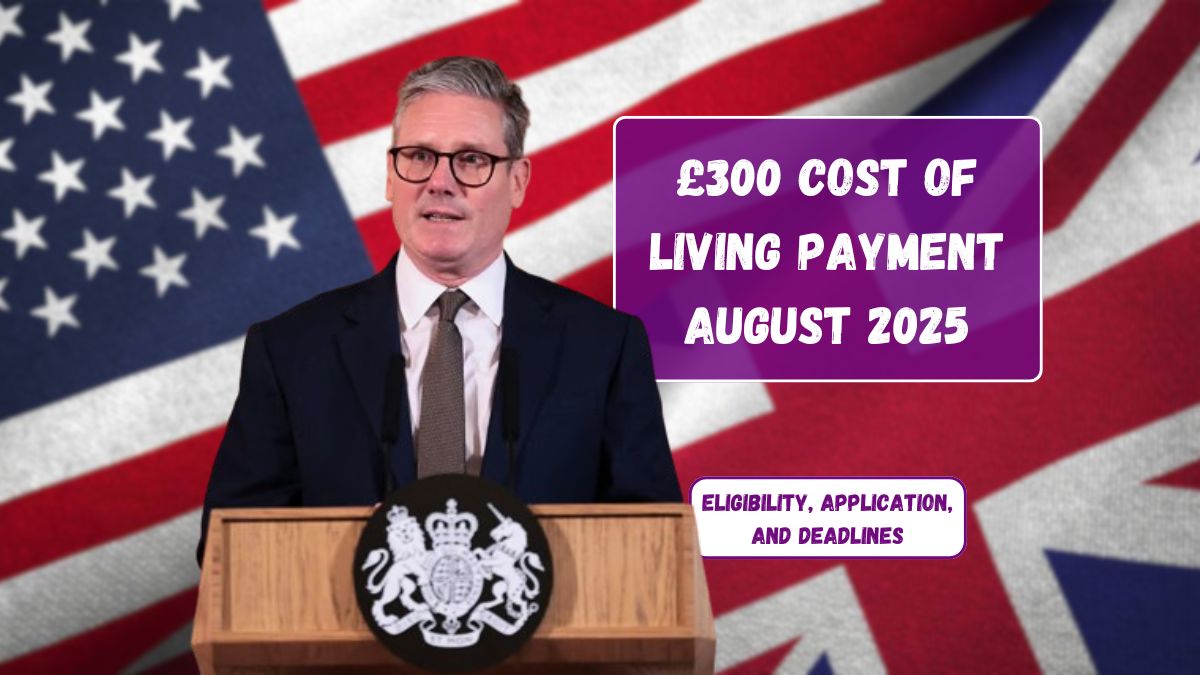With cybercrime on the rise, data breaches have unfortunately become more common. When companies fail to protect personal information, they may face serious legal consequences, especially if your private data ends up exposed. That’s exactly what happened with Rite Aid, and now, some of their customers could be eligible to claim a settlement of up to $10,000. Here’s everything you need to know to find out if you qualify and how to claim your share before the deadline.
Class Action
Class action lawsuits are legal cases where a group of people sue a defendant as a collective. Rather than taking on a major company alone, plaintiffs combine their cases to form a stronger legal position. It levels the playing field and increases the chances of getting financial compensation—even if it’s divided among thousands of people.
In many cases, the company being sued agrees to a settlement. This means they pay a specific amount to resolve the matter without admitting wrongdoing. Each eligible claimant then receives part of the payout, depending on the details of the agreement.
Breach
In July 2024, a class action lawsuit was filed against Rite Aid after a serious data breach. The plaintiffs claimed that the company failed to protect sensitive personal information, which was exposed during a cyberattack. Over two million people may have been affected.
A breach like this means that your private information—such as your name, address, and possibly even your Social Security number—could end up in the wrong hands. That data may be sold on the dark web and used for identity theft, financial fraud, or worse.
Settlement
Rite Aid agreed to settle the lawsuit for $6.8 million. If you were one of the people affected by the breach, you could be eligible for compensation through this class action. There are two types of payments available:
- Documented loss payments of up to $10,000 for people who can show proof of losses caused by the breach
- Cash fund payments, which will be smaller amounts depending on how many people file claims and how much of the settlement fund is left after the documented losses are paid
Deadline
To receive a payout, you must file a valid claim by July 7, 2025. The final court hearing to approve the settlement is scheduled for July 17, 2025. If your claim is accepted, payments could follow shortly after that date.
You don’t need to go to court or hire a lawyer. Just complete the online claim form and submit your documentation, if required.
Eligibility
Wondering if you qualify? Here’s what makes you eligible to file a claim:
- You received a data breach notification from Rite Aid in June 2024
- Your personal data was included in the June 2024 cyberattack
To claim the maximum payout, you’ll need to provide documents that prove your financial losses. Acceptable forms of proof include:
- Credit card or bank statements
- Invoices or bills from fraud-related services
- Receipts from identity monitoring services
- Screenshots or emails proving fraudulent activity
Keeping a record of any suspicious financial activity is essential, not just for peace of mind, but also for situations like this where proof can result in compensation.
Action
This case is a reminder that companies have a responsibility to keep your information secure. If they fall short, there are legal options available to protect your rights.
If you believe you’re eligible, visit Top Class Actions or the official settlement website to learn how to file your claim. Don’t wait until the last minute—gather your documents and file before the deadline.
FAQs
What is the Rite Aid settlement for?
It’s for a data breach that exposed customer info in June 2024.
How much can I claim?
You can claim up to $10,000 with proof of documented losses.
What is the deadline to file a claim?
You must file your claim by July 7, 2025.
Who is eligible for payment?
Anyone who got a breach notice from Rite Aid in June 2024.
Do I need proof to get compensation?
Yes, for full $10,000. But smaller cash fund payments may need no proof.
























